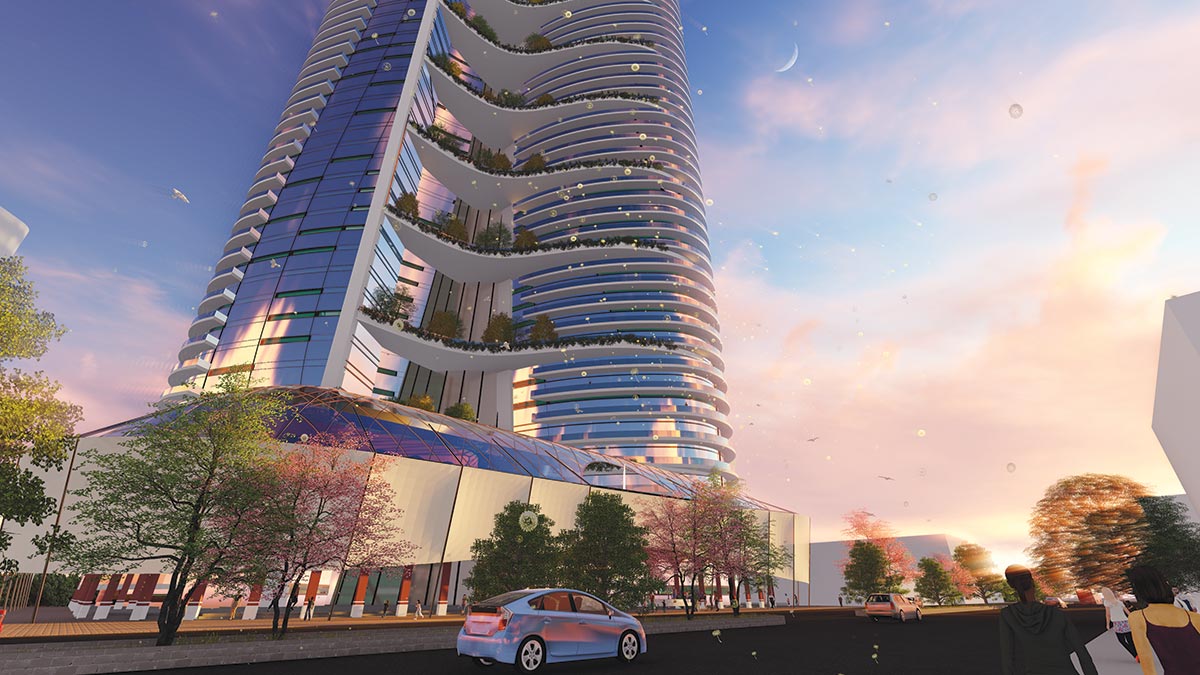
In the past two decades, we have seen a much more global outlook towards design, including aggressively moving towards sustainable and eco-friendly buildings. Thanks to our rich architectural heritage, Indian architects and designers have found it relatively easy to embrace this paradigm shift and take it in their stride. Projects like data centers and large airport terminals where the typology or scale did not exist in India a couple of decades ago, have been re-imagined to be ecologically sensitive. Data centers, large airport terminals have been designed with nature in mind. Technology has been harnessed in ways we could not imagine a generation ago, with different components of a sustainable project woven together using cutting edge devices and systems.
Through this change, there are some inherently eco-friendly qualities to our architectural narrative that have not changed, and which add value without even seeming to. Our love for local natural stone over high-energy tiles, use of labour instead of an immense amount of power-guzzling machinery, and our design that has always paid homage to the sun and continues to do so…either using it to power our lives, or to create transitions between the sunlit and the shaded, making courtyard architecture a celebrated building construct.
 RAS Towers, Addis Ababa
RAS Towers, Addis AbabaWe use convectional currents, water cooling, tree shading, thick walls, cow dung plaster in ways that continue to amaze the world. As we move deeper into the 21st century, the tribe of architects in India are well poised to evolve to match the first world in their strides in green architecture, while aware of our natural propensity to love, respect and cherish nature.
Vernacular Indian architecture has been extremely eco-friendly throughout most of recorded history reflected in the social fabric of our nation
I admire...
The Seattle Public Library designed by OMA (Rem Koolhaas) is an incredible building as it does not flaunt its eco-friendly design or its complex systems that meet and exceed all environmental standards, but is actually known for its importance as an urban insert, and for being a place that brings people and communities together.















